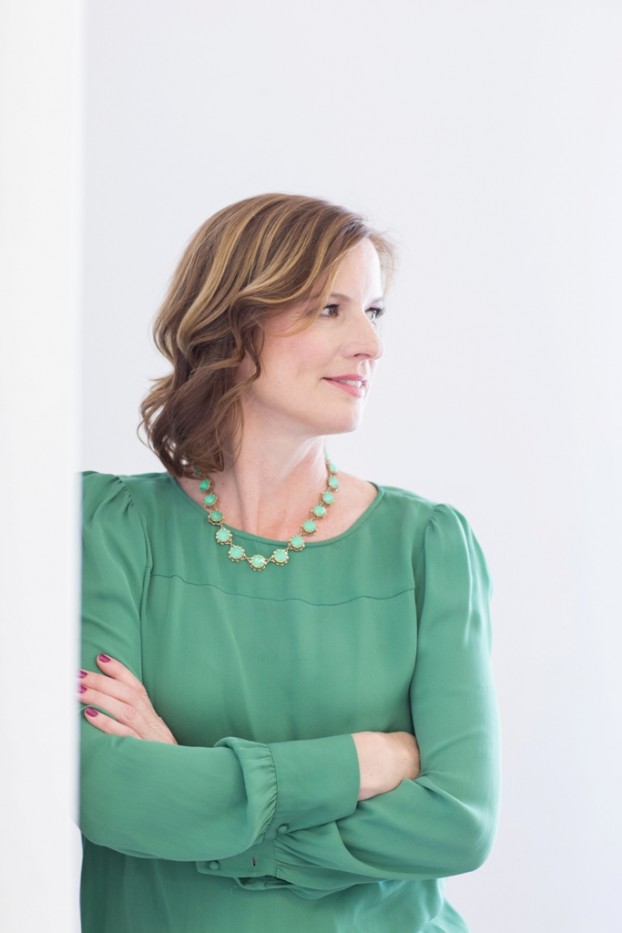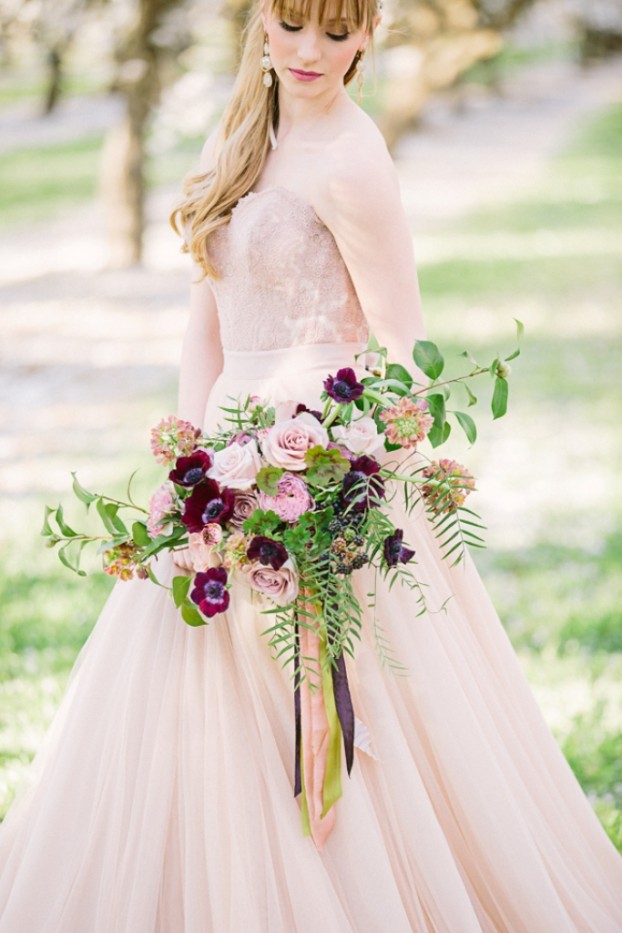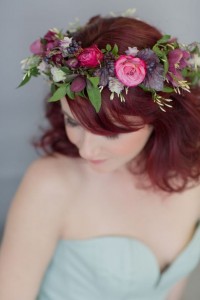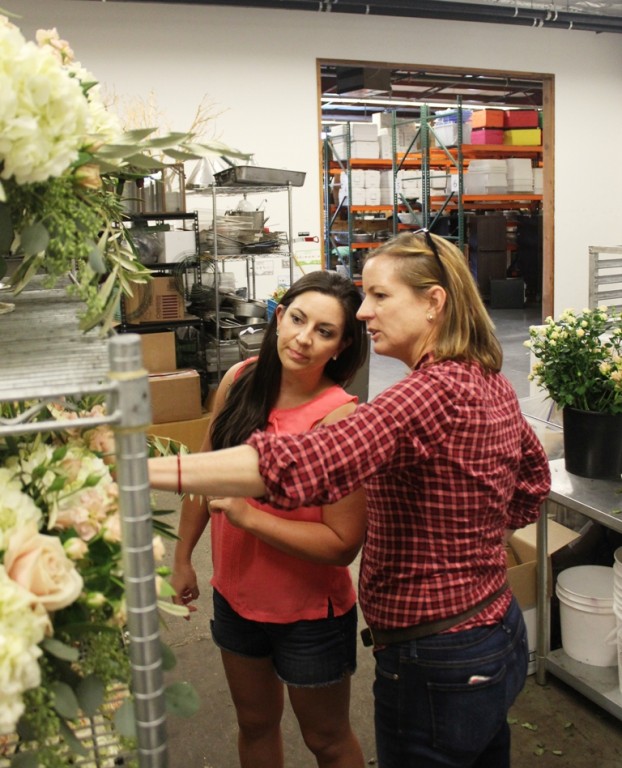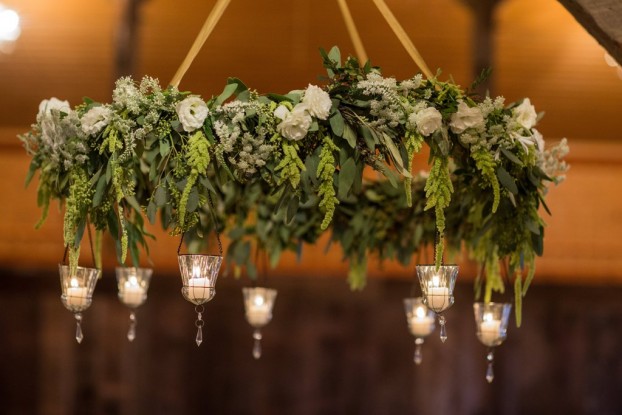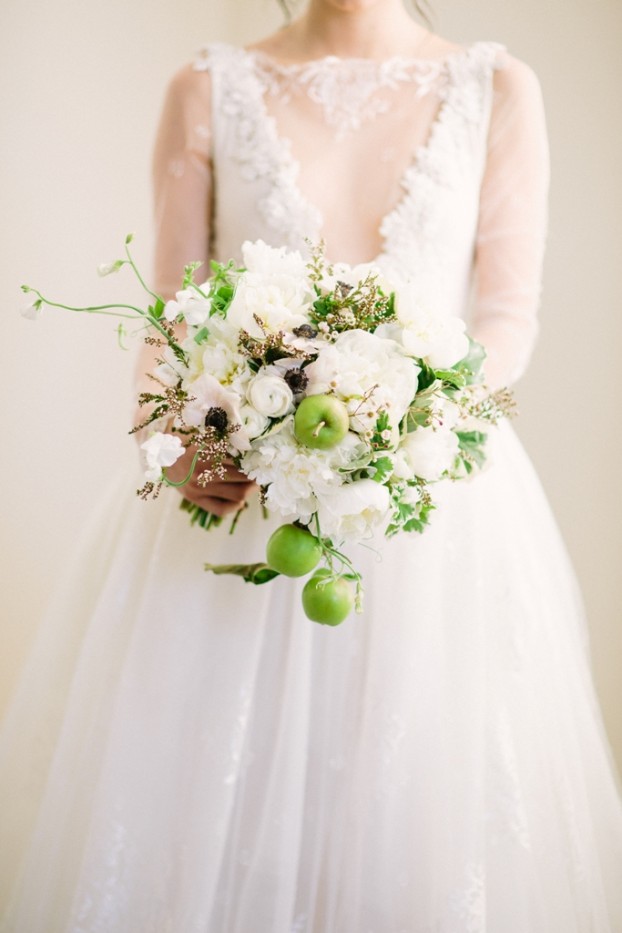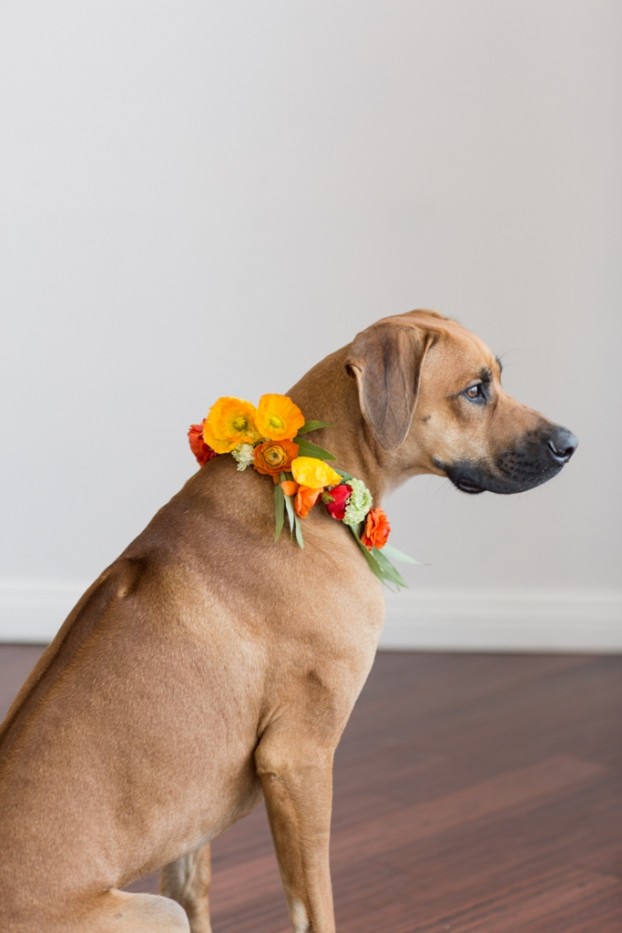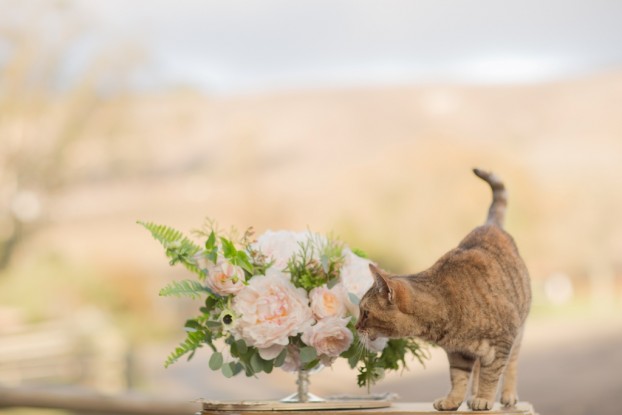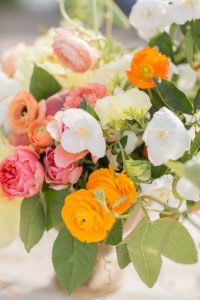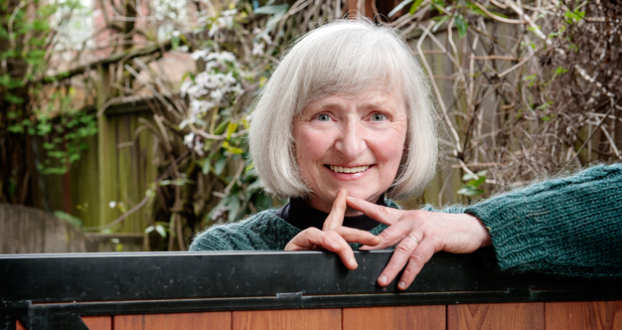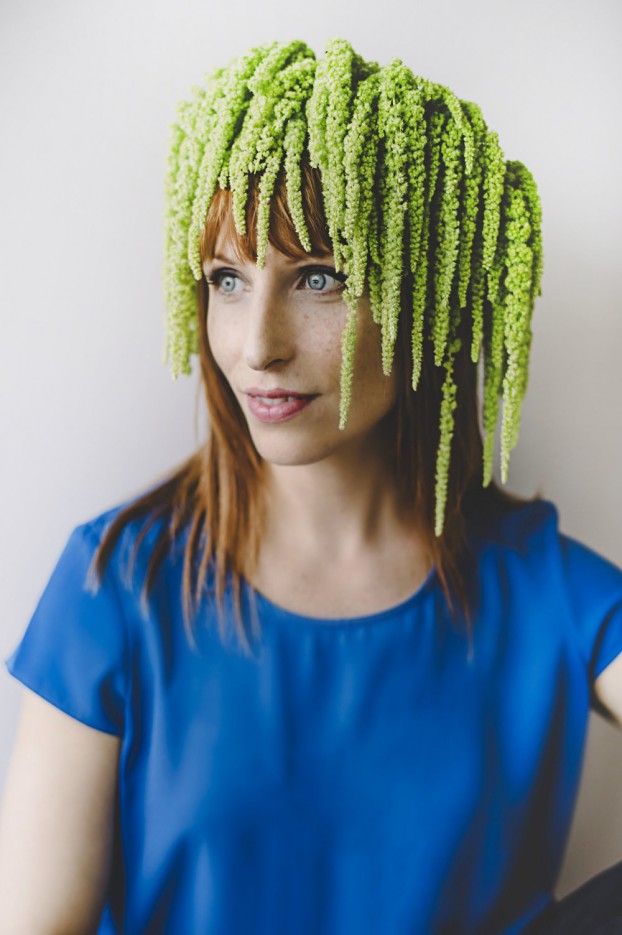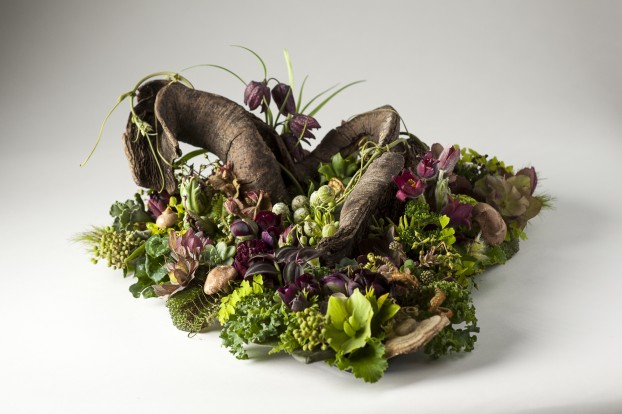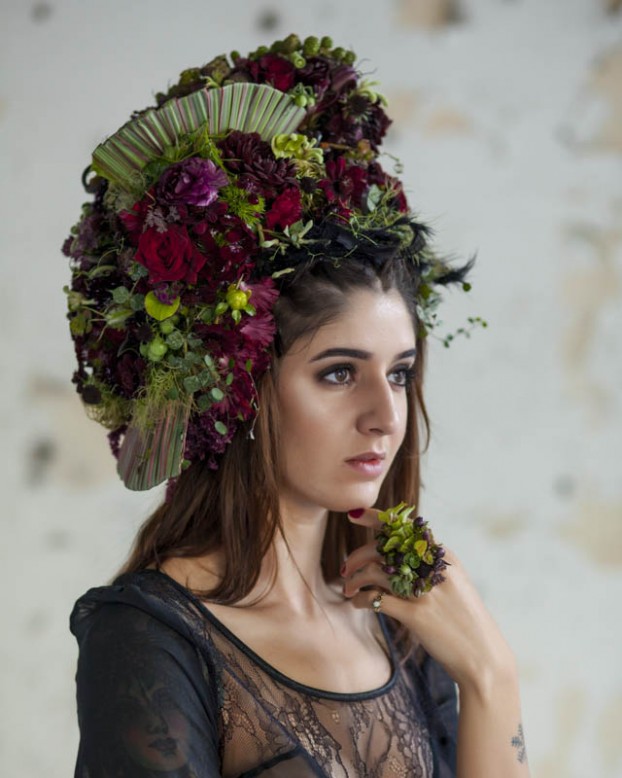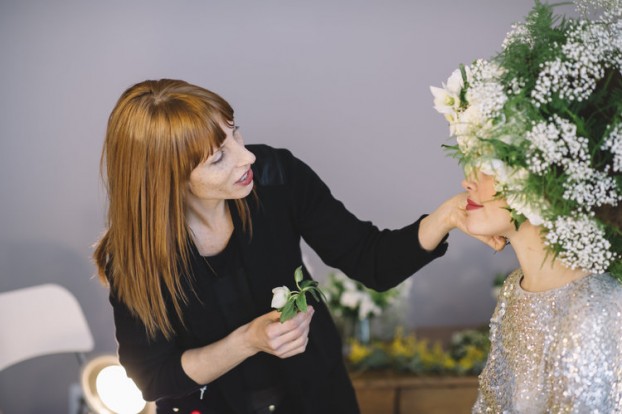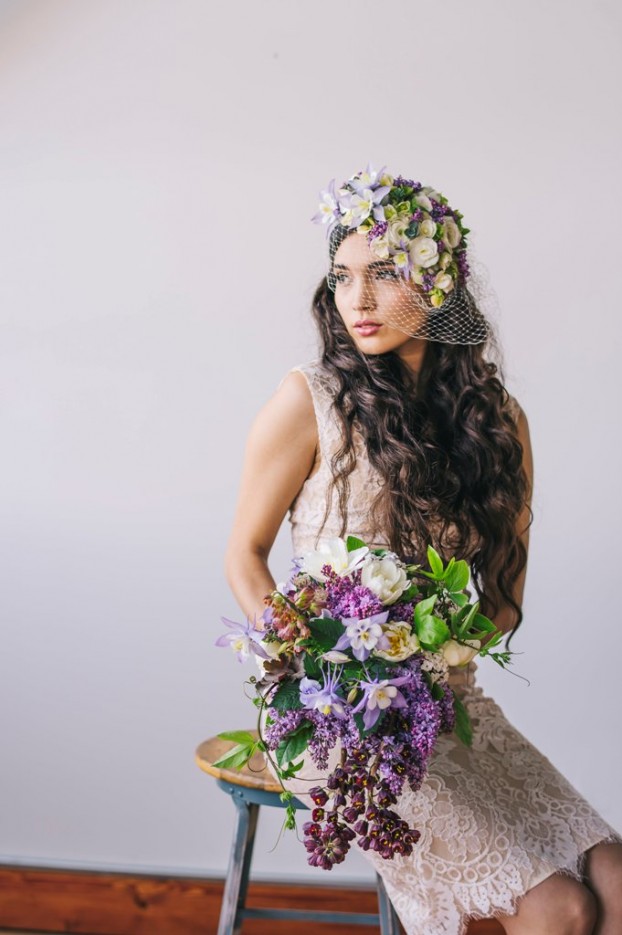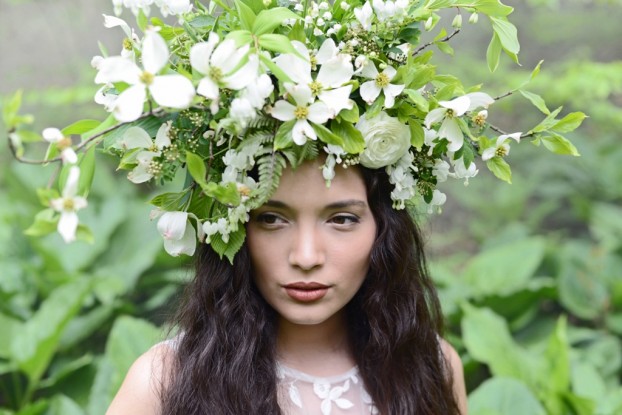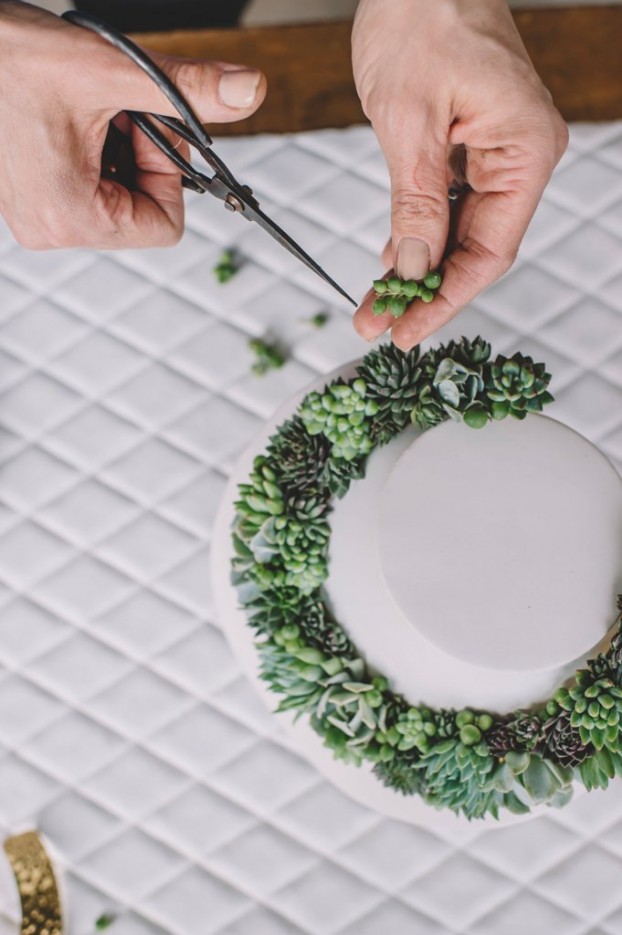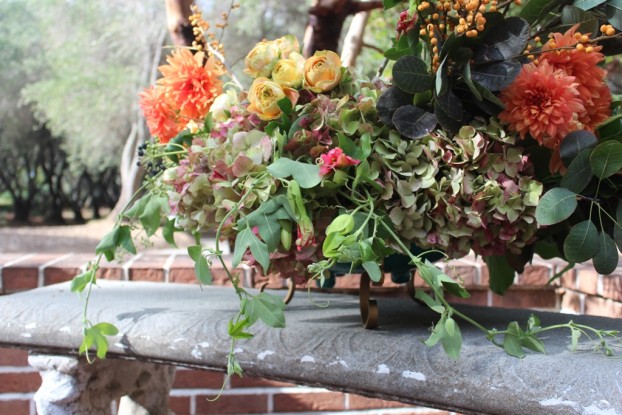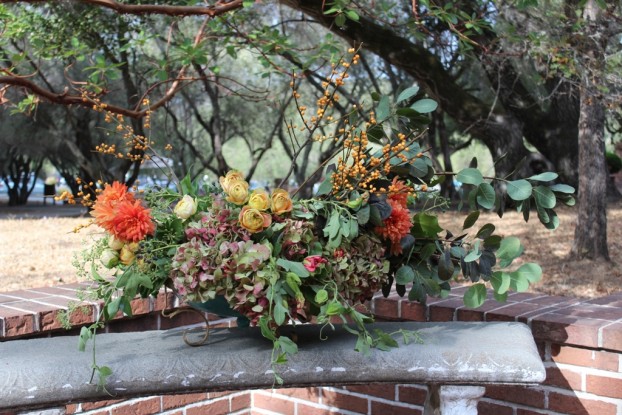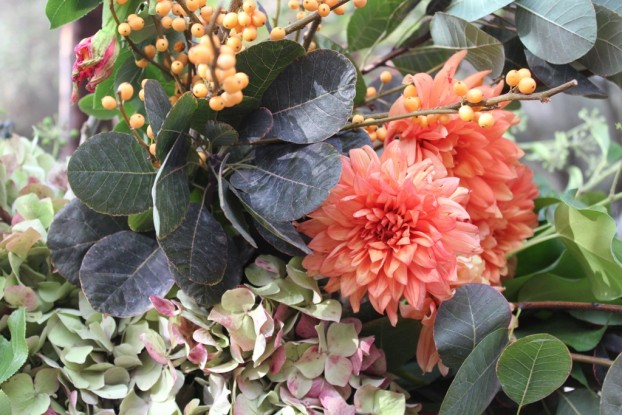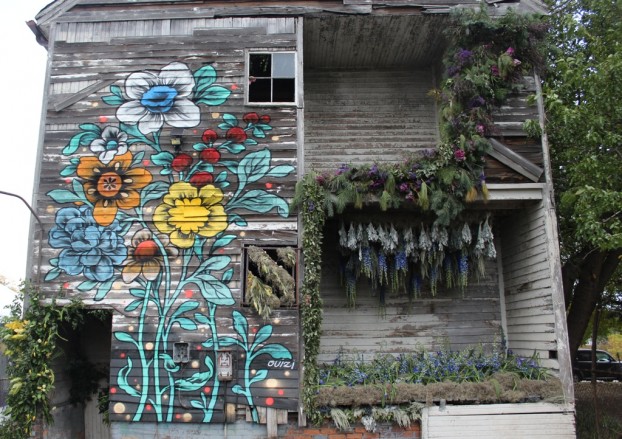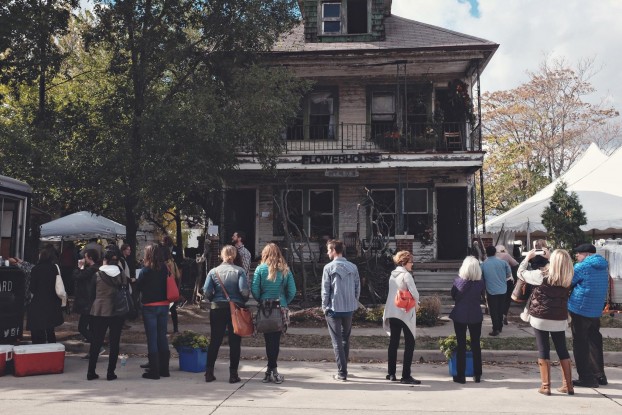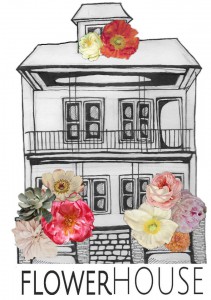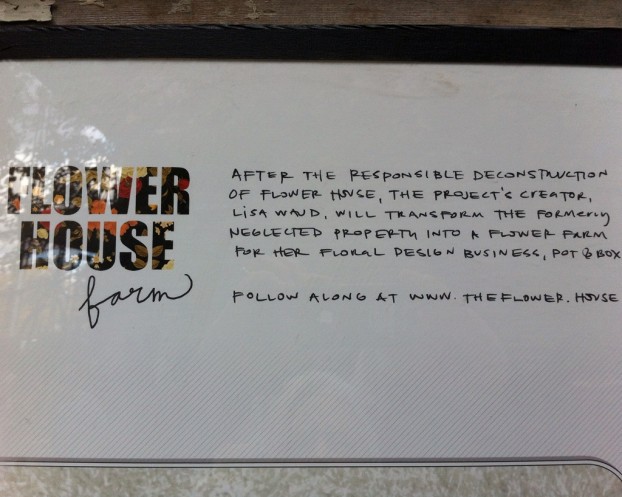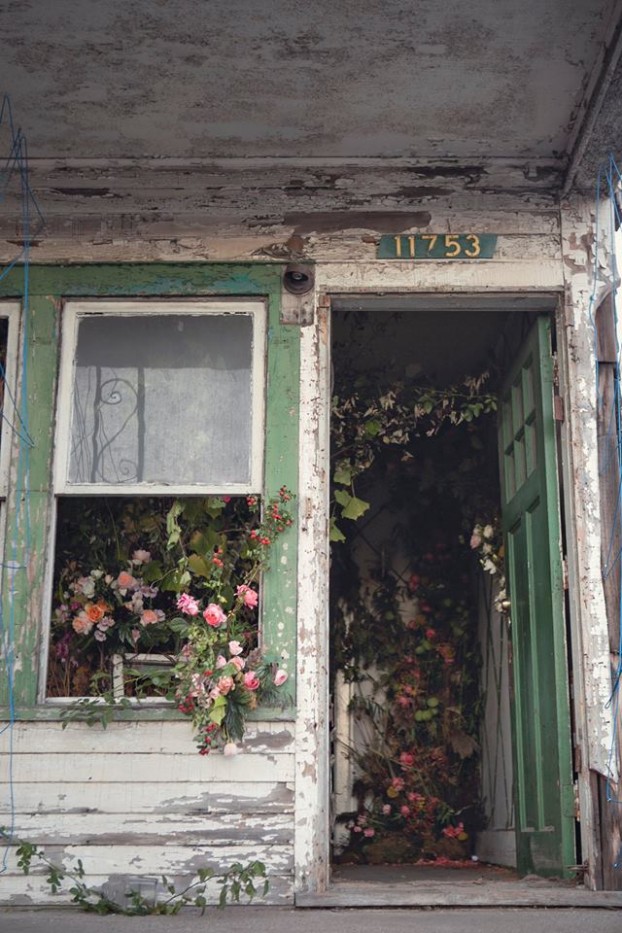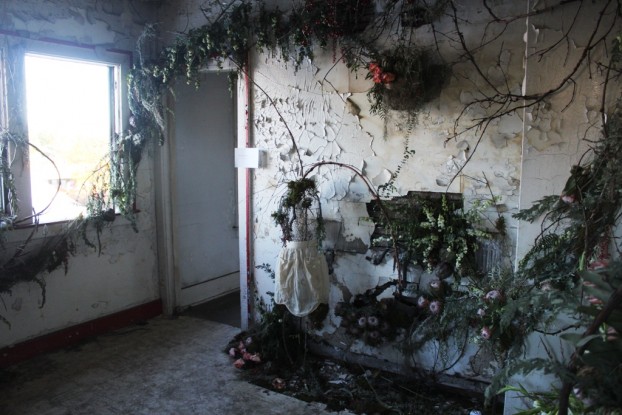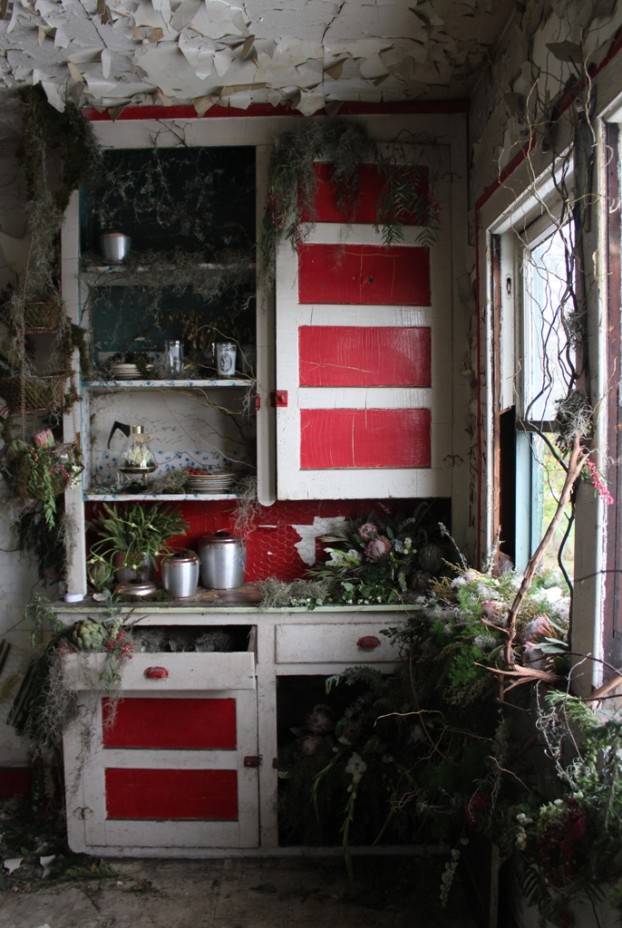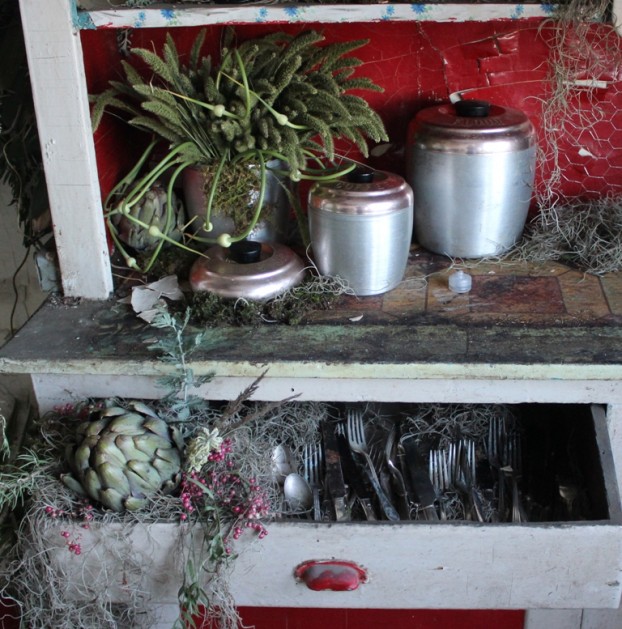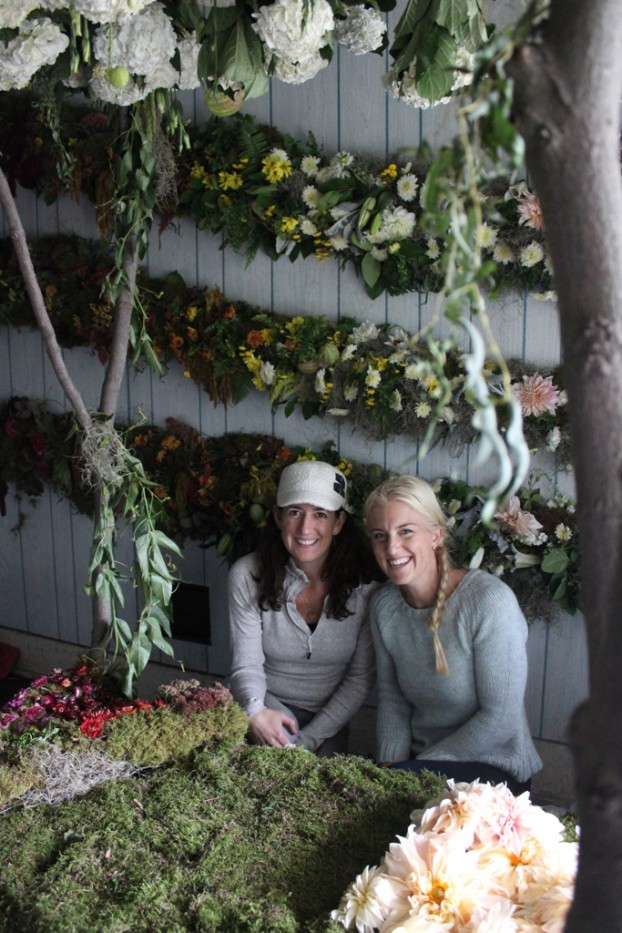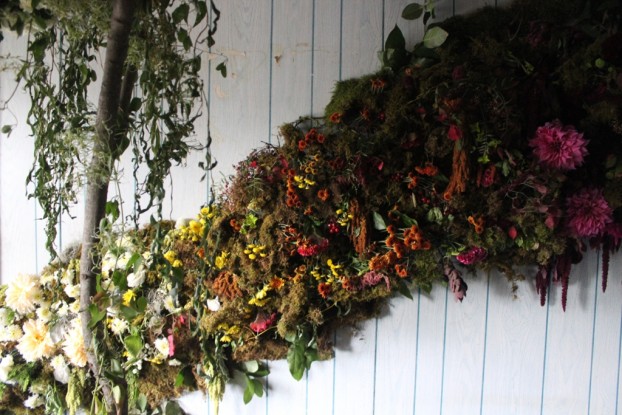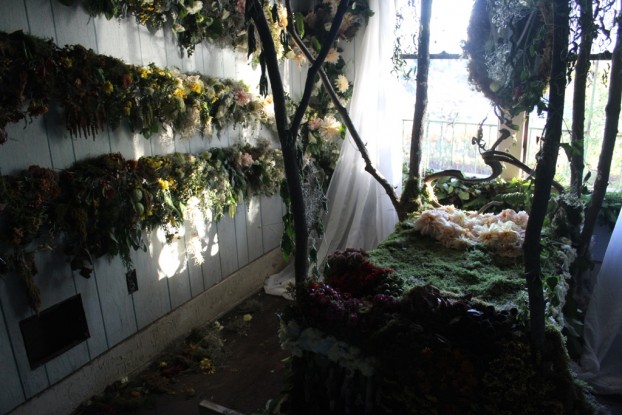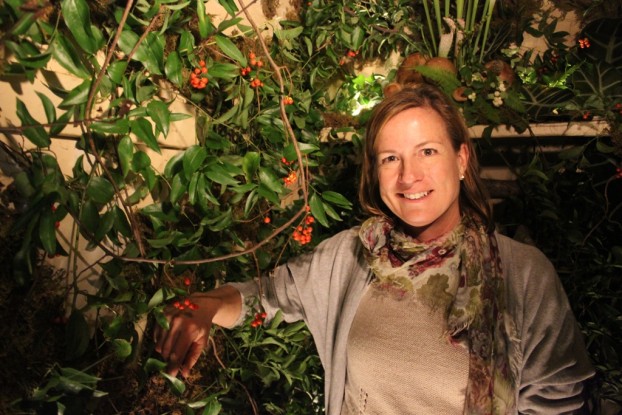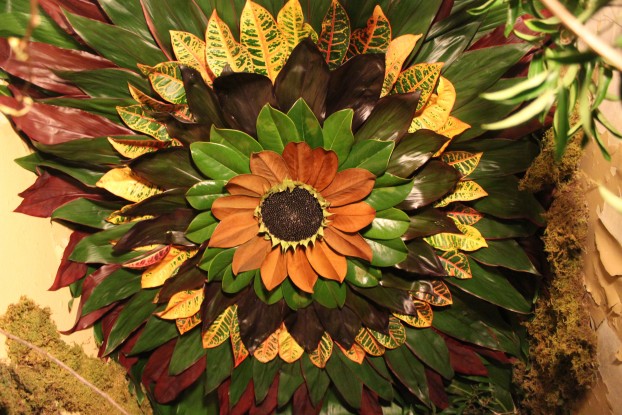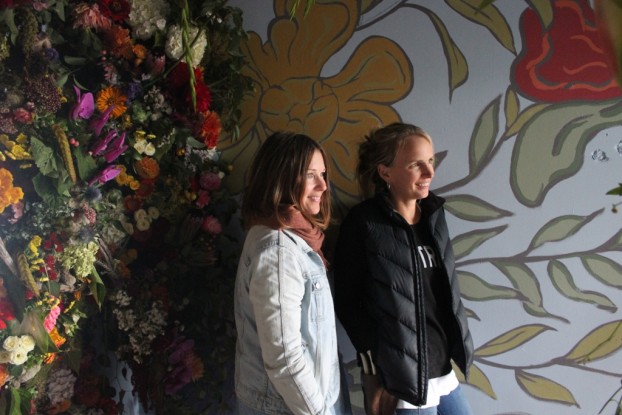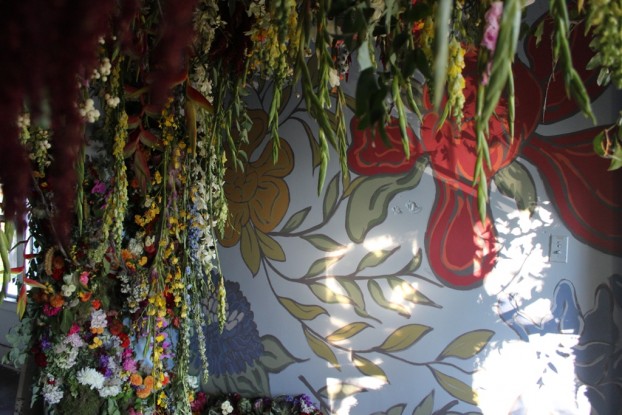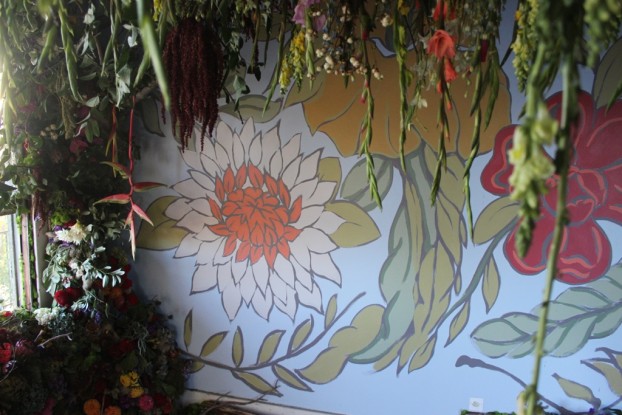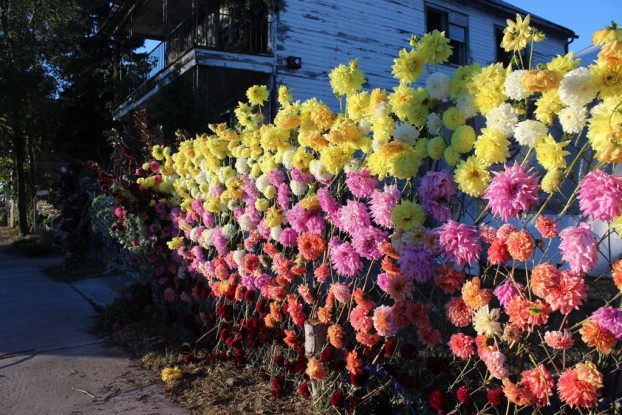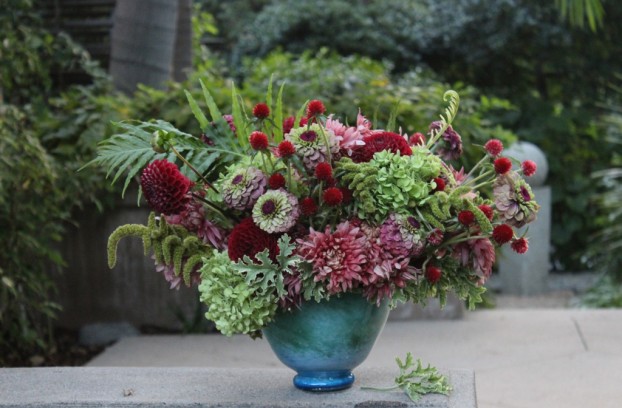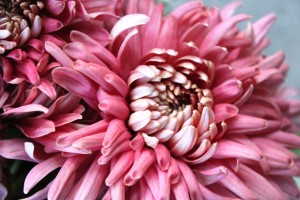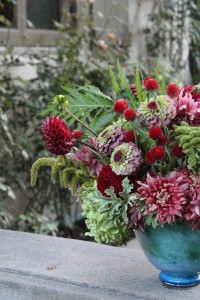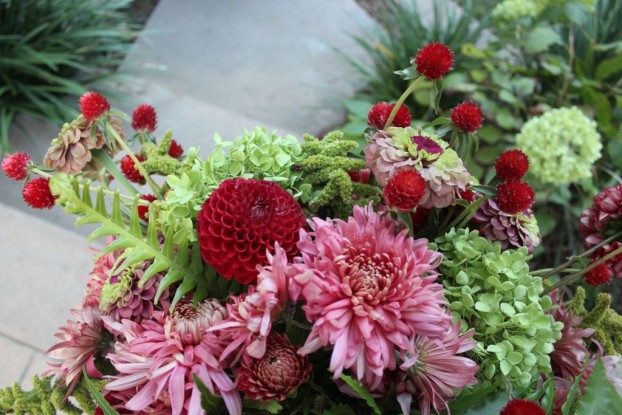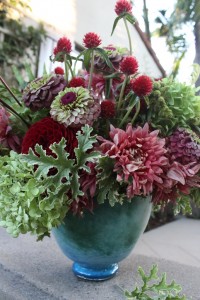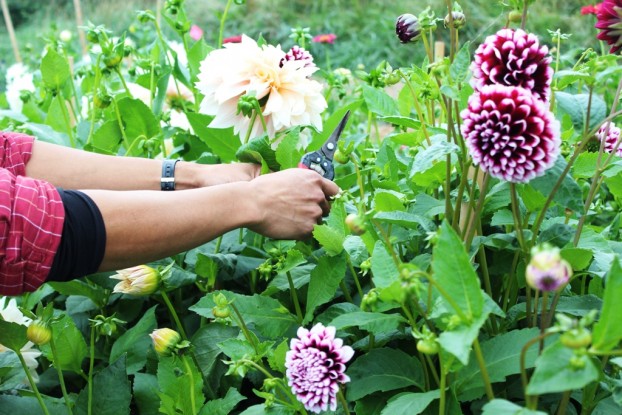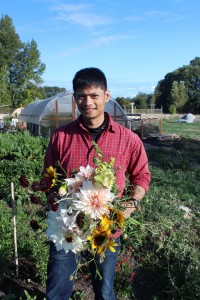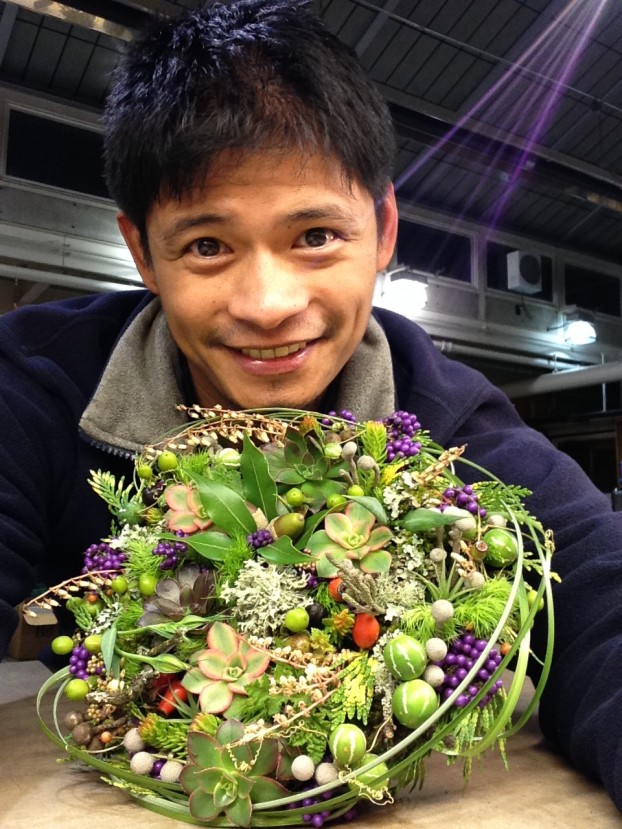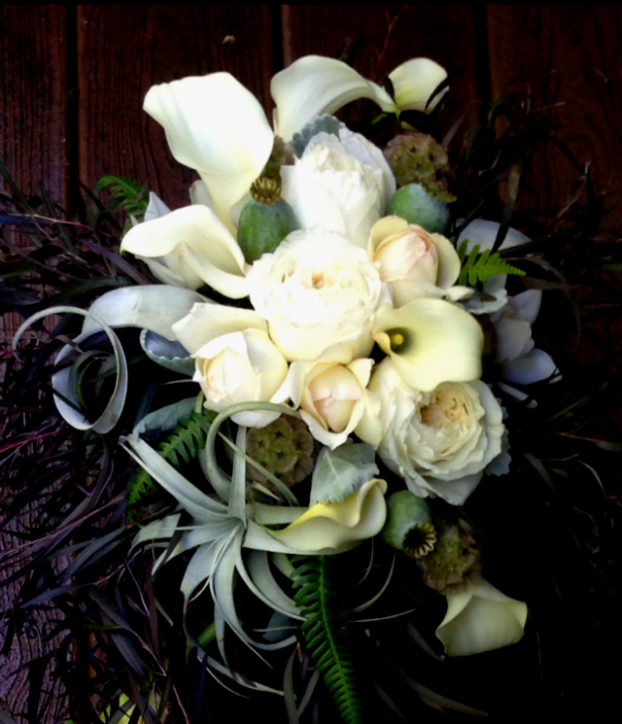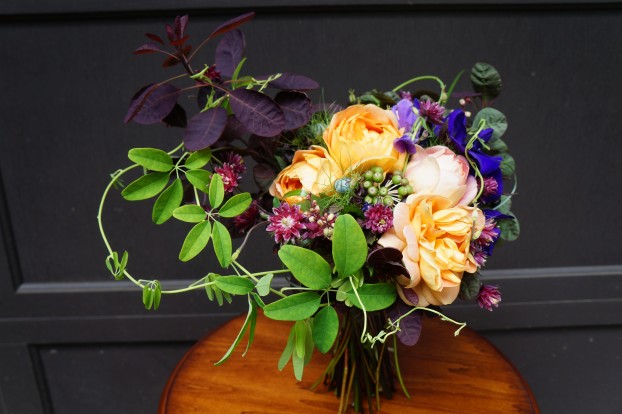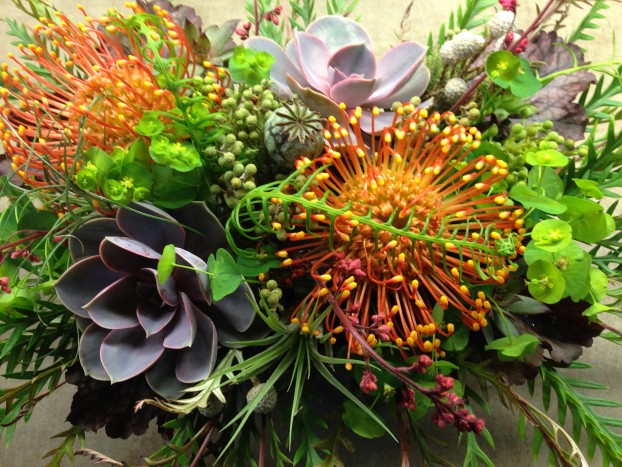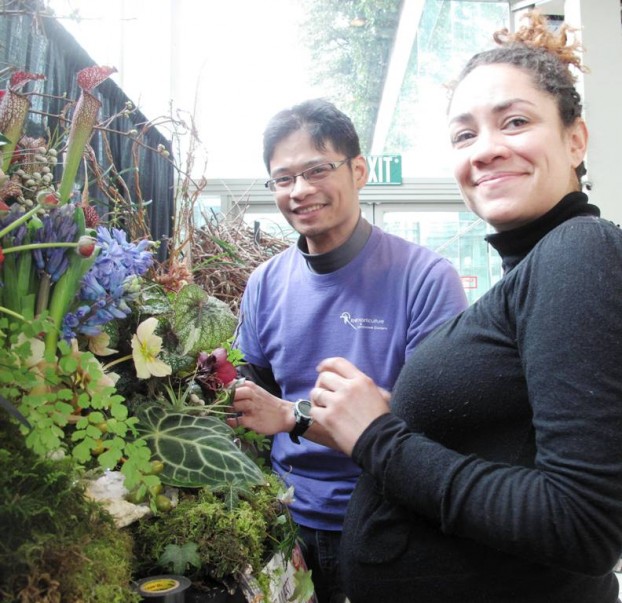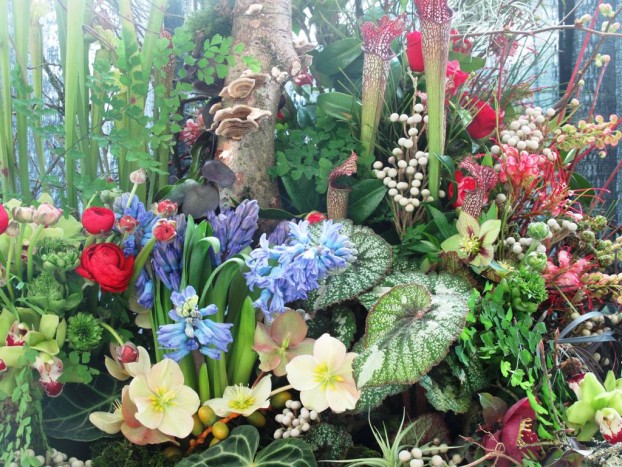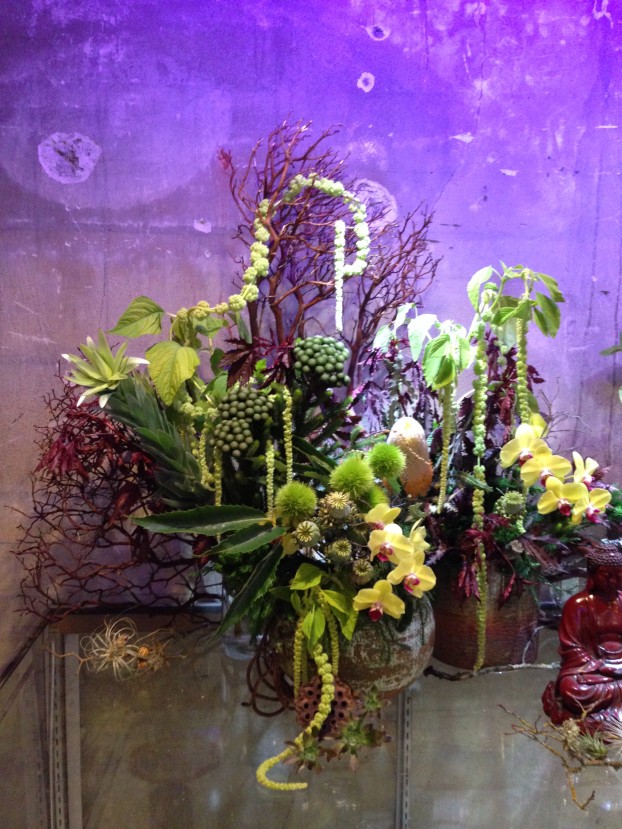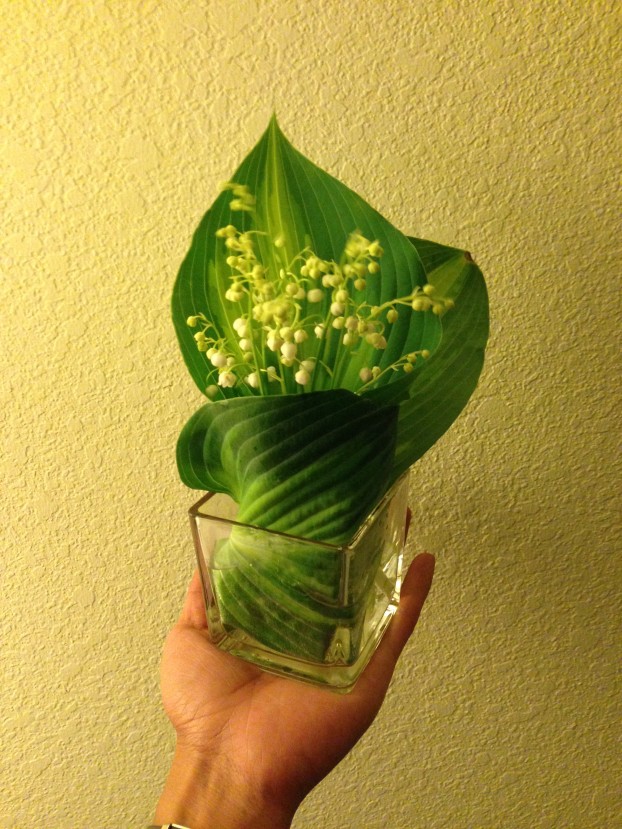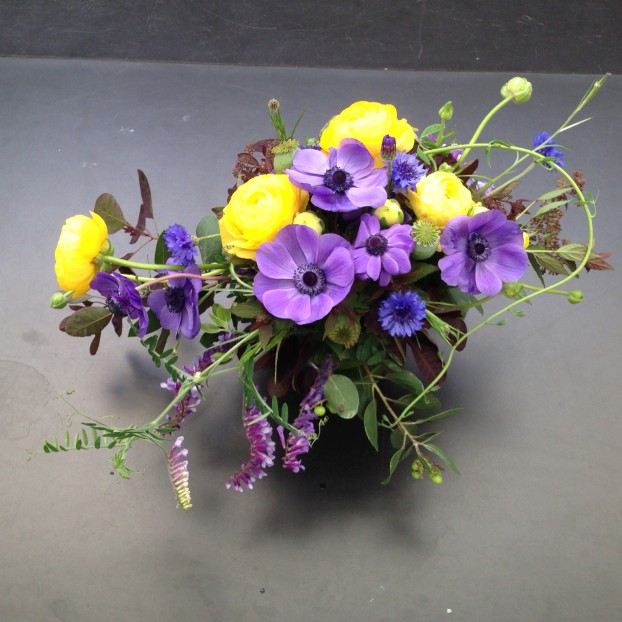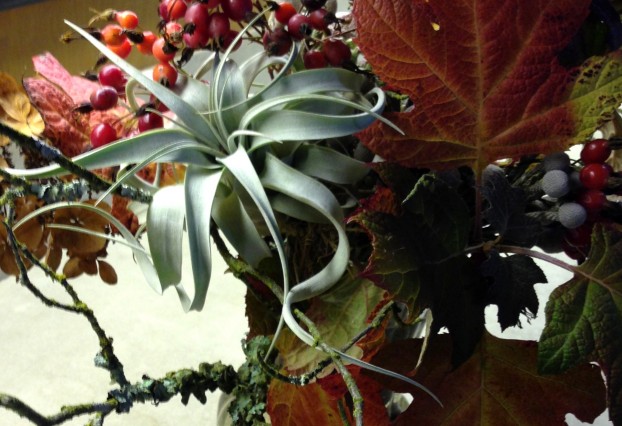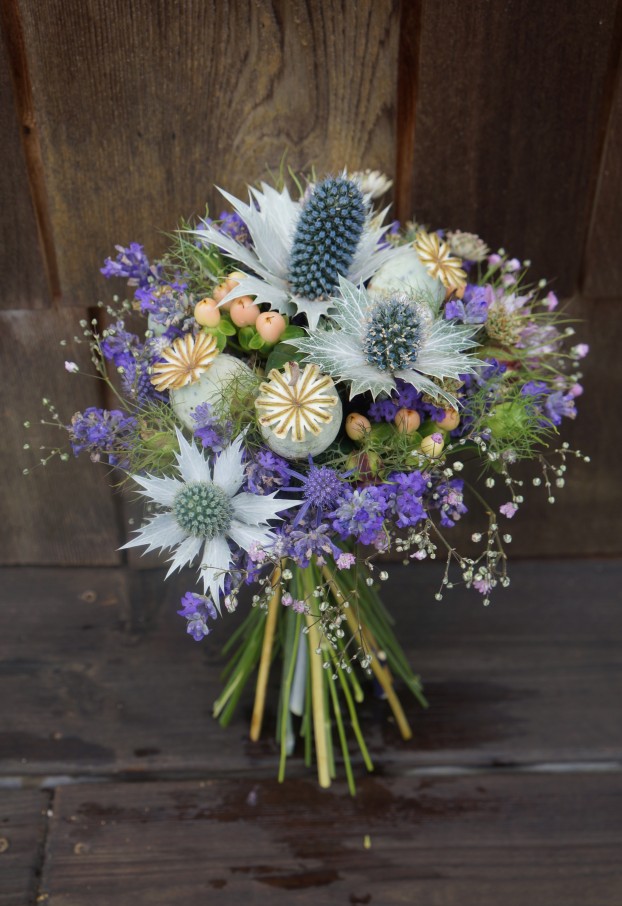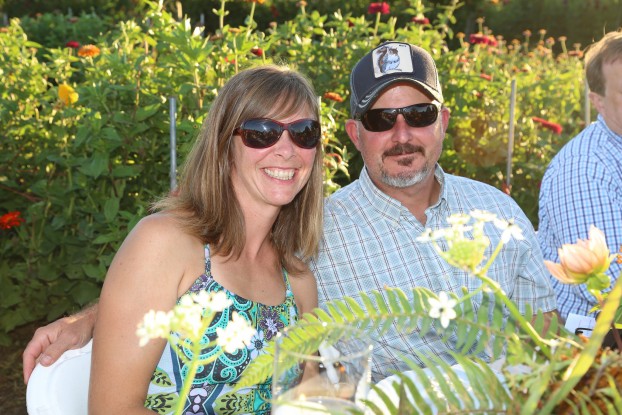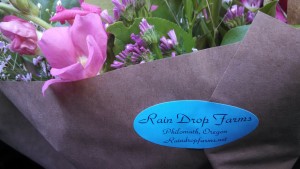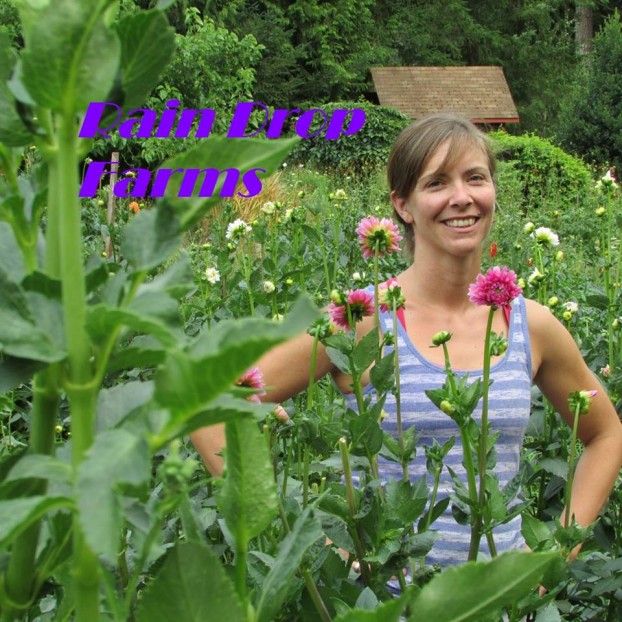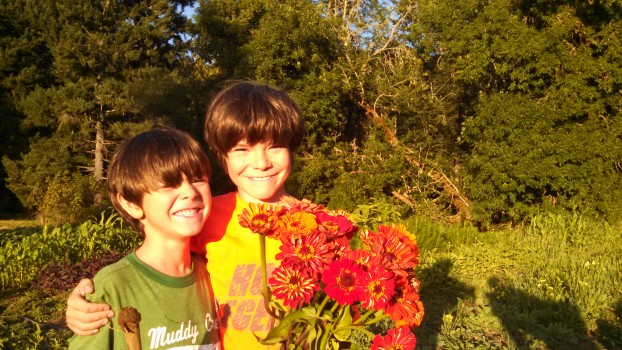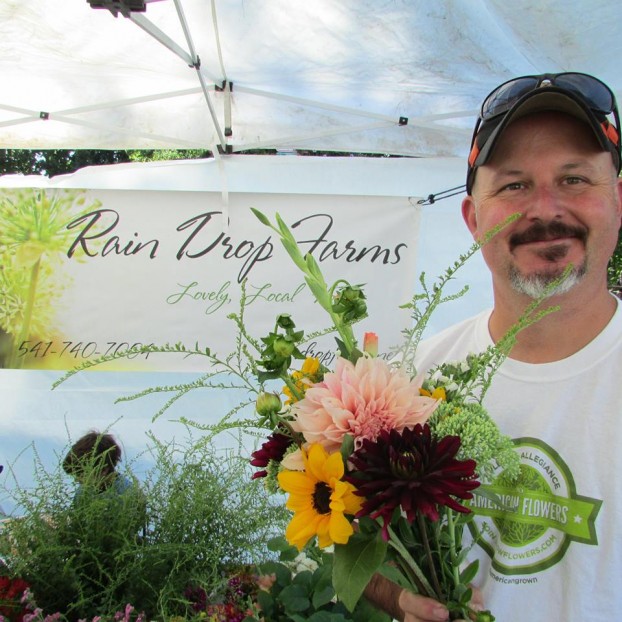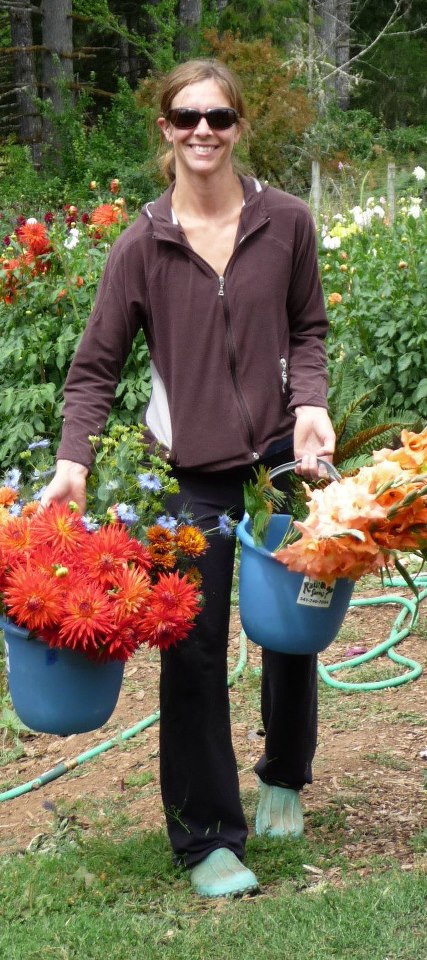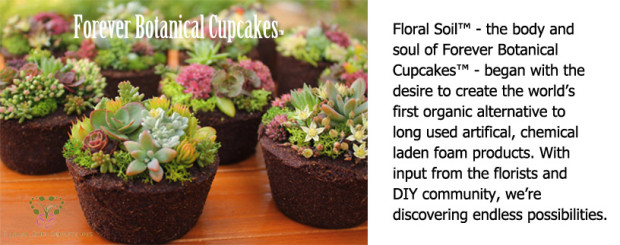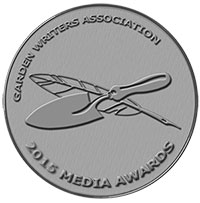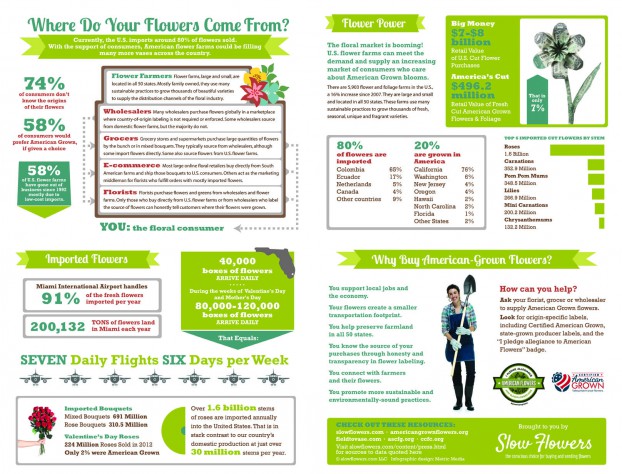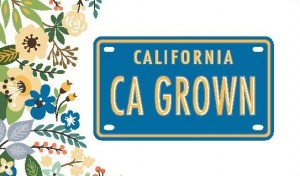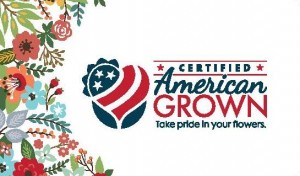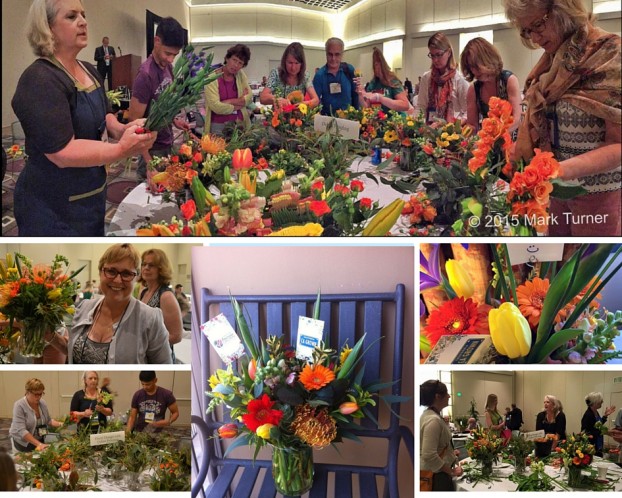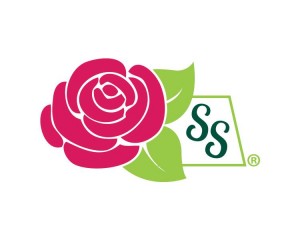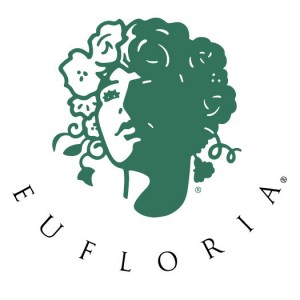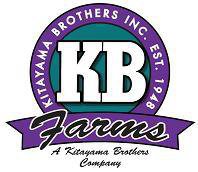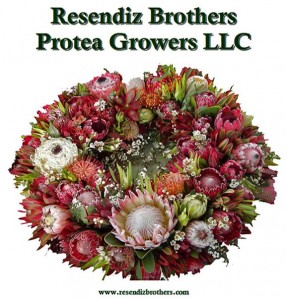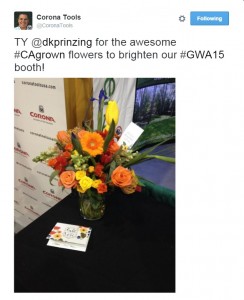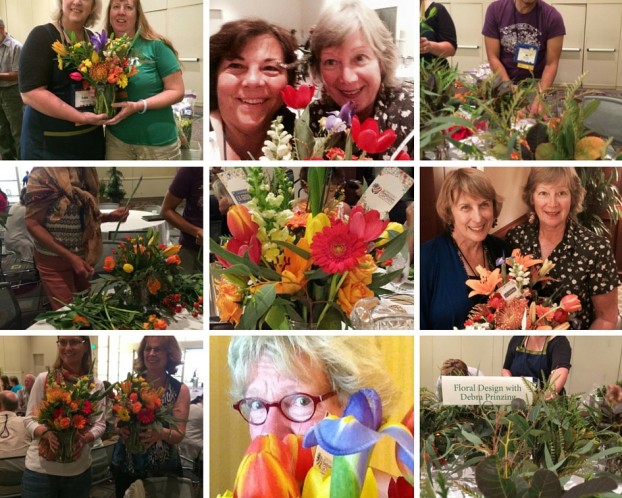Podcast: Play in new window | Download
Subscribe: Apple Podcasts | Podcast Index | RSS | More
It is a pleasure today to share my recent conversation with Susan Kelly of Three Sisters Custom Flowers & Events, recorded at her studio in East Palo Alto, California on October 22nd.
Susan is a member of Slowflowers.com.
I featured this gifted floral artist in a short interview a few weeks ago to discuss her installation at The Flower House in Detroit, as part of a round-up podcast conversation with several of the designers involved in The Flower House a few weeks ago.
You can listen to that interview here.
When I realized that I would be in her area the following week, for a lecture and workshop I was scheduled to give at Filoli, the historic estate, I invited myself to Three Sisters Flowers for a tour and interview to share with you.
Here’s more about Susan:
As owner, lead floral designer and certified wedding coordinator, Susan really knows her flowers and celebrates abundance and natural beauty through her designs. She is constantly doing research to find the newest trends but she also enjoys creating classics.
Susan’s signature design style is simple, natural and elegant, mirroring nature’s effortless beauty.
Susan’s passion for floral design began when she was young. She was immersed in the world of floral design through her first job in high school at the local florist and went on to major in Ornamental Horticulture in college.
It later led her to work as a floral designer for Walt Disney World in Orlando, Florida, (one of the busiest florists in the world) and, more recently, as a freelance designer for nationally acclaimed Mark’s Garden in Los Angeles.
Susan has also worked a wedding coordinator for the gorgeous and very busy Stanford Memorial Church on the Stanford University campus.
I caught this image of Susan consulting with a bridal client who stopped by to see a sneak preview of her bouquets and centerpieices.
During a hectic wedding season a few years ago, mothers of her bridal clients discovered that Susan was willing and able to step up to more than just delivering the flowers.
As a result, Three Sisters add wedding planning, coordination and consulting to their services.
Susan became certified as a Wedding and Event Consultant through WPI.
She is a member of the Board of Directors for the Silicon Valley chapter of the National Association for Catering and Events and is very active in the event and wedding industry.
Three Sisters Custom Flowers & Events cares about the environment and Susan considers herself a “green florist,” employing the following practices:
-
Composting all our plant and organic waste
-
Recycling all packaging materials
-
Organic flowers by request
-
Locally grown flowers when possible
-
Re-using containers and supplies
Follow Susan and Three Sisters:
Three Sisters on Facebook
Here are details about next week’s three-day Chapel Designers California conference, which Susan will host at the studio of Three Sisters Custom Floral & Events on November 9, 10 and 11.
After spending 30 minutes with Susan, I hope you feel her incredible passion for what she does.
To me, her passion is inspiring and contagious.
Susan puts her whole heart into each event and it’s no surprise that she’s has formed lasting friendships with many of the clients and professionals she has worked with.
That’s the epitome of a leader in the Slow Flowers community.
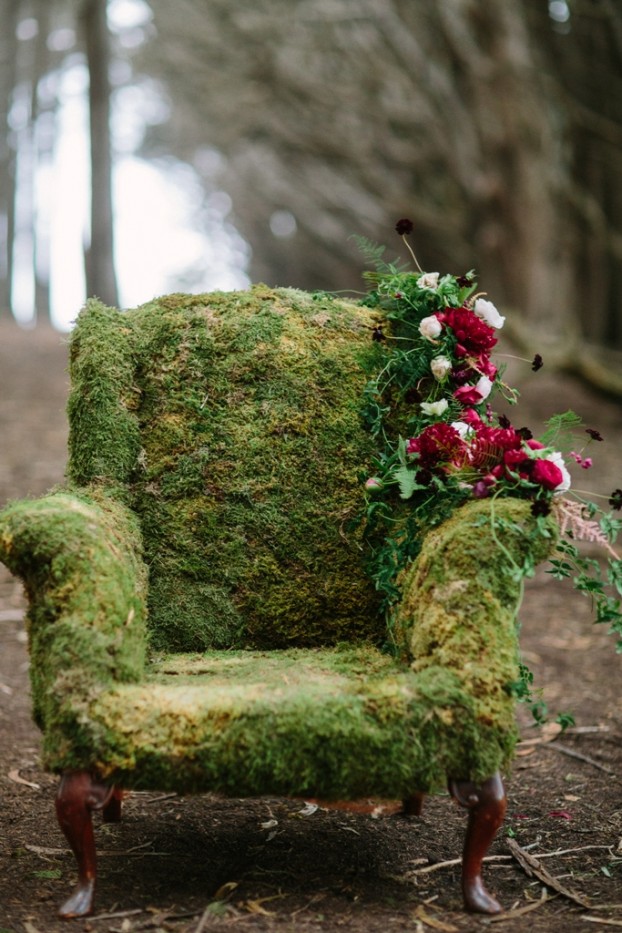
The famous moss armchair is a popular feature of many Three Sisters’ weddings, designed by Susan Kelly.
Thanks to the Slow Flowers Tribe, this podcast has been downloaded more than 70,000 times.
Whether you’ve just discovered this Podcast or whether you’re a longtime listener, don’t forget that we’ve archived all of the past episodes at Debraprinzing.com – more than two years of conversations with American flower farmers and floral designers – leading voices in the progressive, American-grown community.
Until next week please join me in putting more American grown flowers on the table, one vase at a time. And If you like what you hear, please consider logging onto Itunes and posting a listener review.
The content and opinions expressed here are either mine alone or those of my guests alone, independent of any podcast sponsor or other person, company or organization.
The Slow Flowers Podcast is engineered and edited by Andrew Wheatley and Hannah Holtgeerts. Learn more about their work at shellandtree.com.









